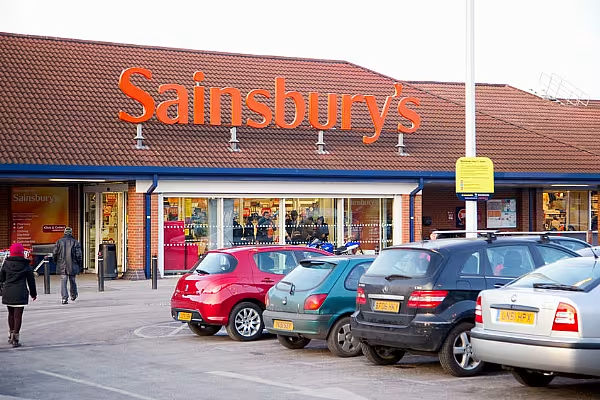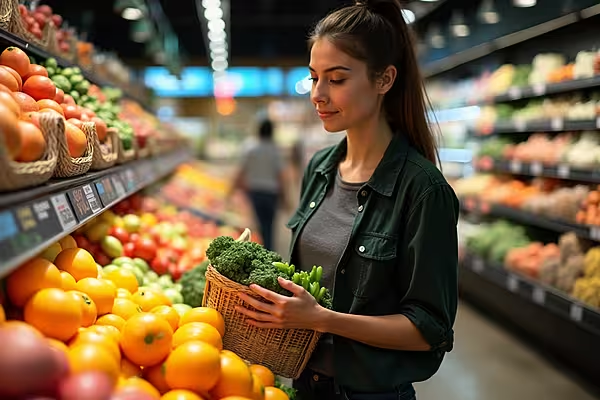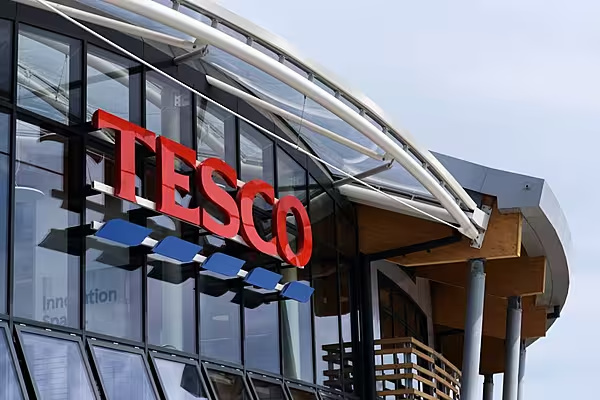Sainsbury’s has posted a 1.2% decline in retail sales in the first quarter of its financial year, with like-for-like sales down by 1.6%.
Commenting on its performance, chief executive Mike Coupe said that the retailer continues to make “good progress in a challenging market”.
Here’s how leading retail analysts viewed its performance.
Thomas Brereton, GlobalData
‘‘The myriad of negative growth figures covering Sainsbury’s eagerly awaited Q1 results appeared with little shock this morning, with formidable year-on-year market growth comparables fusing with the ongoing woes of the supermarket to create a thoroughly unappetising dish for all involved.
‘‘Nursing Sainsbury’s back to health is now a difficult and unenviable task, to say the least – whoever may be at the helm. The intense pressure from the value players has created problems across the rest of the market, but Sainsbury’s seems to have taken the brunt of the grocery revolution, caught in between focusing on price (like rival Tesco has done) and focusing on product and service (such as Waitrose).
‘‘Sainsbury’s needs to unearth and address the concerns closest to the hearts of its shoppers where other grocers have struggled. A particularly good example would be sustainability, with Sainsbury’s shoppers significantly more likely to consider the sustainability of the food they buy than those shoppers at its Big Four rivals.”
Russ Mould, AJ Bell
“This is not an inspiring update, as every single sales metric is pointing downwards, but is it really a surprise? We already know the supermarket sector is highly competitive, and Sainsbury’s is stuck in the middle – being too expensive for value shoppers and not perceived as high-enough quality for the premium shoppers.
“On one hand, it continues to push the non-food side of its business, helped by owning Argos. It talks about being the UK’s fifth-largest clothing retailer by volume, but clothing is only part of the mix, and not the single factor that can save Sainsbury’s. Neither will beauty sales, despite plans to roll out a larger proposition. On the other hand, it is cutting prices on own-brand food products, and it is on trend with plant-based food, which shows it is abreast of changing consumer tastes.
“There is still a sense that Sainsbury’s doesn’t really know what it wants to be. Without a unique selling point, it will be hard to have clear marketing strategies, targeting the right type of people and commanding customer loyalty.”
Bruno Monteyne, Bernstein Research
“Grocery declined by 0.5%. Whilst that is better than the total like-for-like, it still compares very unfavourably with its peers. That is a 100-basis-point step down on last year’s +0.5% and a touch ahead of Q4’s -0.6% – there might be some relief that things aren’t getting worse in grocery. It would also have included price investments on 1,000+ daily essentials, which is the weak point across their product range.
“Management talk of growing share in premium food this quarter, but did not comment on their performance in commodities, but the language has changed: from commodities to ‘everyday food and grocery products’ – a small step in the right direction.”
Clive Black, Shore Capital
‘‘Sainsbury’s has released a Q1 2020 trading statement for the 16 weeks to 29 June 2019 that, overall, is a little below our expectations, though with the core grocery performance not as weak as feared. We leave our forecasts unchanged post today’s update, with 80% of annual profitability still to go for, though, with the grocery market tough and UK consumer limiting spending, we continue to harbour concerns about the sustainability of current profit expectations. We reiterate our SELL stance on Sainsbury, though concede much of the share price downside has already been delivered.”
Barclays European Food Retail Equity Research
‘‘While it was, understandably, difficult for management to be bubbling with enthusiasm when each of its three categories saw a sales decline year on year, the CEO and CFO did a good job of suggesting that: i) Trends in grocery – [approximately] 72% of full-year sales – were improving during the quarter and ongoing work should generate more momentum; ii) general merchandise – [approximately] 24% of full-year sales – would have been up ‘reasonably substantially’ without the drag from seasonal categories; iii) clothing – [approximately] 4% of full-year sales – saw clear market share gains in the period.
‘‘This was always likely to be a presentationally difficult quarter, given the tough comps, but attention may now turn somewhat to the CMD on 25 September, when we expect the company to talk about sales-driving initiatives and to give more detail on its cash targets – at least £600 million [€669 million] of net debt reduction over the next three years.”
© 2019 European Supermarket Magazine – your source for the latest retail news. Article by Stephen Wynne-Jones. Click subscribe to sign up to ESM: European Supermarket Magazine.













